|
Summer may bring with it beach and pool time, vacations, and lazing in the hammock, but heat waves and unbearable humidity can also accompany it. One often hears the phrase “dog days of summer.” The origin of this phrase is related to the stars, not dogs wilting in the summer heat! Sirius is the brightest star in the night sky and part of the constellation Canis Majoris—the “Greater Dog.” The ancient Romans and Greeks believed that when the Dog Star, Sirius, appeared in the sky and occupied the same region as the sun, it created the hottest days of the year. The Romans called it “dies caniculares” or “days of the dog star.” For the ancient Romans, the dog days of summer occurred from about July 24 to around August 24. Over time, the constellations drifted, and the “dog days” dates have changed. This year it occurs between July 3 and August 11. However, it seems the heat and humidity are here to stay for a bit longer despite where Sirius is in the sky. As promised last month, I’m back with a few more refreshing wines to sip this summer. But remember, alcohol and heat dehydrate us, so staying hydrated with water is essential, especially if you’re planning to consume alcohol. Pazo De Lusco 2021 D.O. (Spain)
Adega Pazos De Lusco is a 12-acre estate located in the heart of the D.O. Rias Baixas region of Spain, where the grapes for this 100% Albariño are sourced. The wine is aged for about four months on lees adding to a smooth mouthfeel. Nose: Floral, ripe tropical fruit, apples, and pear Palate: Fresh and lively with grapefruit, melon, and minerality, and it is beautifully balanced between alcohol and acidity. Alcohol: 13% SRP: $24.99 Pairing suggestions: Enjoy as an aperitif or serve with seafood, shellfish, salads, and light pasta. Darom White By Yatir 2021 (Israel) Yatir Winery has launched a new brand focusing on wines from the Israeli desert, the Negev wine region. This 100% Sauvignon Blanc is sourced from the southern desert region. The wine was fermented in stainless steel vats and matured for four months in concrete vats. Nose: Floral, fruity, citrus, and a hint of herbs. Palate: Dry, with juicy white stone fruit, pear, and citrus. It is refreshing with a nice note of lemon zest on the finish. Alcohol: 12% SRP: $25.99 Pairing suggestions: Serve as an aperitif or with fish, salad, grilled chicken, and Asian cuisine. Anarchist Wine Co (California) Anarchist Wine Co is a creative project launched by the family-owned Napa winery, “The Wine Foundry.” Its premise is “winemakers gone rogue,” breaking the rules, “going a bit wild,” and offering a fresh take on winemaking. Here are two wines for your consideration. The Anarchist 2021 White Blend Winemaker Patrick Saboe got very creative with this six-grape blend, of which 55% is Gewürztraminer (a favorite grape variety of Patrick’s.) The other grapes include Viognier, Pinot Gris, Riesling, Sauvignon Blanc, and Chardonnay. Nose: Beautiful floral notes, minerality, citrus, and herbal. Palate: Fresh and lively with red ruby grapefruit, pear, melon, vibrant acidity, minerality, and a touch of lemon zest on the finish. Alcohol: 13.5% SRP: $26 Pairing suggestions: Enjoy as an aperitif or with grilled swordfish, oysters, salads, and light pasta. The Anarchist “The Skeptic” 2021 This is 100% Gewürztraminer, a white wine grape fermented on its skins to create an orange hue and extract the grapes’ rich flavors and aromas. Nose: Intoxicating floral aromas, orange peel, spice, and melon. Palate: White stone fruit, ginger, citrus notes, and exotic spices. A lovely and complex wine nicely balanced with subtle acidity and savory notes on the finish. Alcohol: 13.5% SRP: $32 Pairing suggestions: Enjoy it with grilled meat, seared tuna, spicy cuisine, and fowl. Ventisquero Grey Single Block Sauvignon Blanc 2019 (Chile) Founded in 1998, Ventisquero was first established in the Maipo Valley, one of Chile’s most important wine-producing regions. Since then, Ventisquero has expanded and diversified its holdings to include vineyards in Casablanca, Colchagua, and Leyda Valleys, and the Atacama Desert. This 100% Sauvignon Blanc is sourced from the Atacama Desert in northern Chile and is only around 20 kilometers from the sea. Ancient, stony soils from the Huasco river have very special qualities: a little clay and a lot of calcareous soil, lime, calcium carbonate, and white soils that contribute to the character of this wine. Nose: Citrus, peppers, saline notes, and a hint of tropical fruit. Palate: Citrus, vegetal, and herbal notes combined with spicy pepper and saline. It is beautifully balanced with crisp acidity and minerality. Alcohol: 13% SRP: $25 Pairing suggestions: Enjoy as an aperitif or with seafood, shellfish, mushroom risotto, salads, and grilled chicken. Pagos Del Galir A Malosa Godello D.O. 2020 (Spain) Bodegas Virgen de Galir Winery, founded in 2002, owns vineyards located in Galicia, northern Spain, and is part of the Valdeorras DO. Godello is a white grape variety thought to originate in Galicia. The grapes for this wine are sourced from the winery’s premier cru vineyard. The wine aged for six months on its fine lees in stainless steel tanks, foudre, and 500-liter barrels. Nose: Floral, citrus, apple, pear, herbs, minerality, spice, and a hint of toast. Palate: A creamy palate with grapefruit, lemon, pear, salinity, and minerality, It finishes with floral notes and zesty acidity. Mouthwatering! Alcohol: 13.5% SRP: $21 Pairing suggestions: Enjoy as an aperitif or serve with seafood, grilled chicken, stews, crab cakes, and grilled vegetables. Remember, stay hydrated! Until next time… Cheers! Penina To leave a comment or if you have an inquiry, please contact me at [email protected] The weather has been gloriously warm and inviting the past few days. And I, for one, am enjoying this brief throwback to summer. It was made even better by the perfect timing of a few samples of Albariño wine that arrived on my doorstep. These wines hail from DO Rías Baixas, which is located in the northwestern corner of Spain in the Galicia region. The Miño River separates it from Portugal to the south. Rías Baixas is divided into five growing areas (sub-zones) running from north to south. More than 99% of wines produced here are white, with Albariño, an indigenous grape, representing 96% of all plantings. The Atlantic Ocean is a key influence on the climate in Rías Baixas, with each sub-zone differing in grape varieties, terroir, microclimates and winemaking techniques. However, one main theme is the granite soils that are dominant throughout the region. The wines all share a common thread with characteristics of a soft yellow color, floral aromatics, vibrant acidity, fresh and dry, with mineral overtones. Bodegas La Val Albariño DO 2019 The vineyards for this wine are located in the sub-zone of O Rosal, located at the river Miño. O Rosal enjoys warm weather with granite bedrock and alluvial topsoil. Terraced hillside vineyards stretch along the sides of the Miño. This 100% Albariño is a blend of two of the winery’s estate vineyards. A lovely bouquet of floral blends with white stone fruit and citrus that continues onto the palate. Notes of peach, apricot, pear, citrus and a touch of herbs linger on the finish. This is a fresh and lively wine. Pair with seafood, roasted chicken, appetizers and light pasta. Or enjoy it as an aperitif! Alcohol: 13% SRP: $16.99 Condes De Albarei Albariño DO 2019 The vineyards for this wine are located in the sub-zone of Val do Salnés. It is considered the birthplace of the Albariño grape and it is the original and oldest sub-zone of Rías Baixas. It has the most area grape plantings and is home to the largest cluster of wineries than any of the other sub-zones. Vineyards are planted on both slopes and flat valley floors. It is the coolest and wettest sub-zone with soils that are granitic, rocky and alluvial. For this wine, only vines that are older than 23 years are used and are hand-selected. Vibrant aromas of floral, pineapple, white stone fruit and citrus segue onto the palate. Melon, hints of orange and a touch of minerality linger on the finish. It is well balanced with crisp acidity. Enjoy as an aperitif or serve with seafood, salads and grilled veggies. Alcohol: 13% SRP: $18 Señorío De Rubiós Robaliño Albariño DO 2019 The vineyards for this wine are located in the sub-zone of Condado do Tea. It is named after the river Tea, a tributary of the Miño River. This is the second-largest sub-region of the Rías Baixas. It is a relatively mountainous area along the Miño, with a warmer and drier area more inland. The average temperature here is 59 degrees but can reach 104 degrees during the summer. Soils contain granite and slate. The nose is met with enticing aromas of floral, peach, apricot and notes of minerality. This is a rich and silky wine with notes of grapefruit, peach and apricot on the palate. Good structure and vibrant acidity follow through to the finish with white stone fruit, grapefruit and a hint of herb lingering. Enjoy as an aperitif or serve with seafood, appetizers, white meat and cheese.
Alcohol: 12.5% SRP: $19 All of these wines can be enjoyed year-round, but I’m taking advantage of the warm weather to drink them now! Until next time… Cheers! Penina To leave a comment or if you have an inquiry, please contact me at [email protected] “International Albariño Days” is almost upon us and everyone will be celebrating this aromatic white wine from the Denomination of Origin (DO) Rías Baixas during August 2nd thru August 7th. Rías Baixas is located in the northwestern corner of Spain in the Galicia region and is separated from Portugal by the Miño River to the south. Rías Baixas is divided into five growing areas (sub-zones) running from north to south. More than 99% of wines produced here are white, with Albariño representing 96% of all plantings. Each sub-zone differs in grape varieties, terroir, microclimates and winemaking techniques. However, the wines all share a common thread with characteristics of a soft yellow color, aromatic, vibrant acidity, fresh and dry with mineral overtones. The sub-zone of Val do Salnés is considered the birthplace of the Albariño grape and it is the original and oldest sub-zone of Rías Baixas. It has the most area grape plantings and is home to the largest cluster of wineries than any of the other sub-zones. Vineyards are planted on both slopes and flat valley floors. It is the coolest and wettest sub-zone with soils that are granitic, rocky and alluvial. Pazo de Señoráns Winery is located in the sub-zone of Val do Salnés in the municipality of Pontevedra. It is a family run winery that began production in 1989 and has been passed on to the second generation of four sons and daughters who are hand-on in all aspects of the business. They have 130.9 acres and make an impressive array of 100% Albariño wines. The vines are planted in the lowlands, close to the sea and the lower portions of rivers. I recently received a sample of Pazo de Señoráns Albariño 2017. This is a young and sassy wine! The color is pale lemon and it is very aromatic. Aromas of floral, citrus, pear, grapefruit and hints of the “briny” sea are enticing. On the palate this wine is packed with acidity, juicy fruit, fresh peach, apricot, soft citrus and minerality. Lingering notes of apricot and lemon zest give this wine an invigorating finish. SRP: $19.99 Alcohol: 13.5% Albariño wines pair well with many dishes such as light pasta, seafood, salads, cheese and fruit.
So, mark your calendar and don’t forget to toast International Albariño Days! Send me your photos and use the hashtag #MakeItAnAlbariñoWeekend Until next time… Cheers! Penina To leave a comment or if you have an inquiry, please contact me at [email protected] |
Categories
All
|


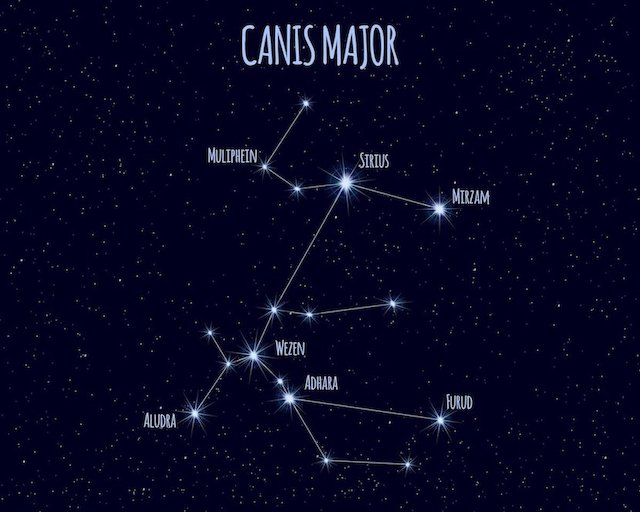
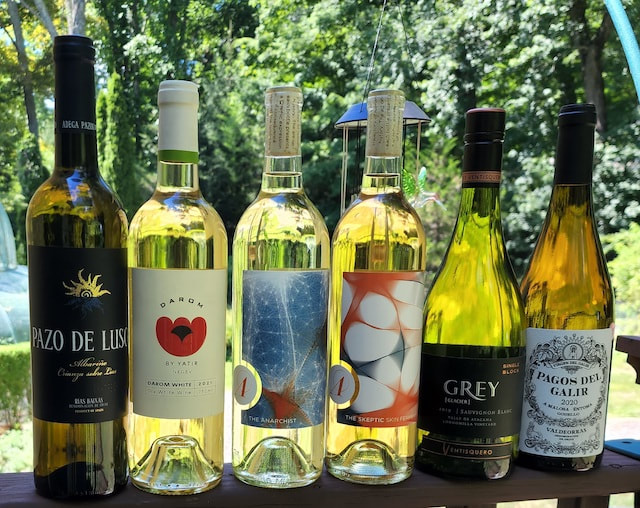
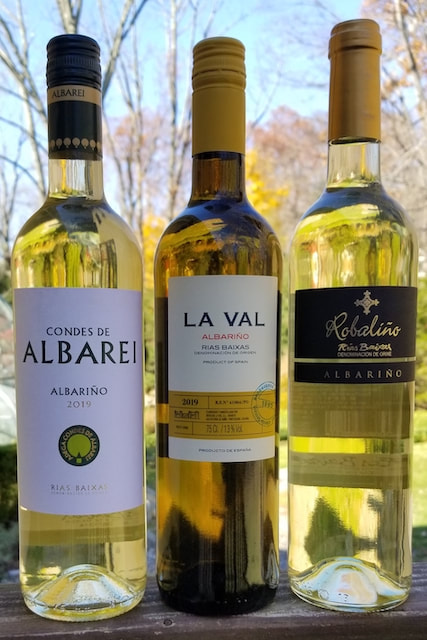
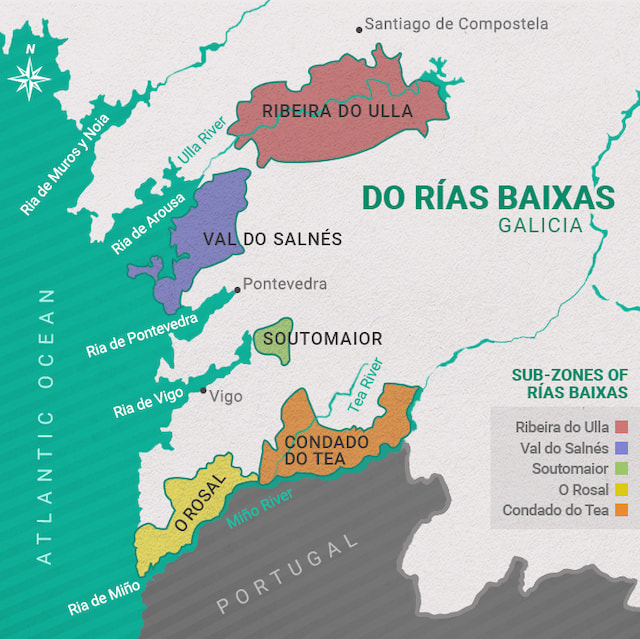
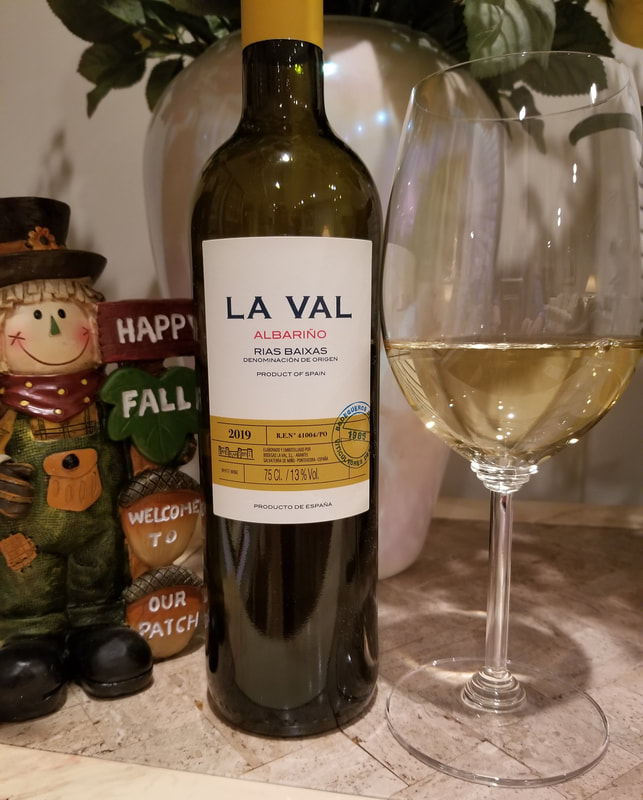
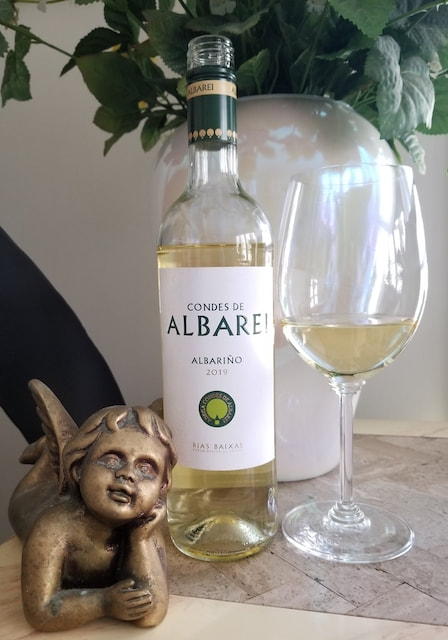

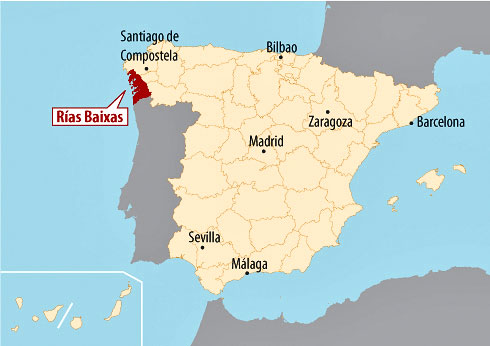
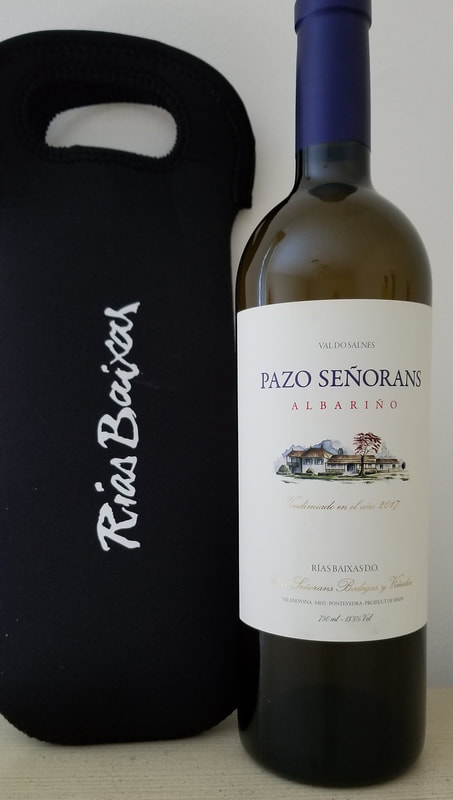

 RSS Feed
RSS Feed